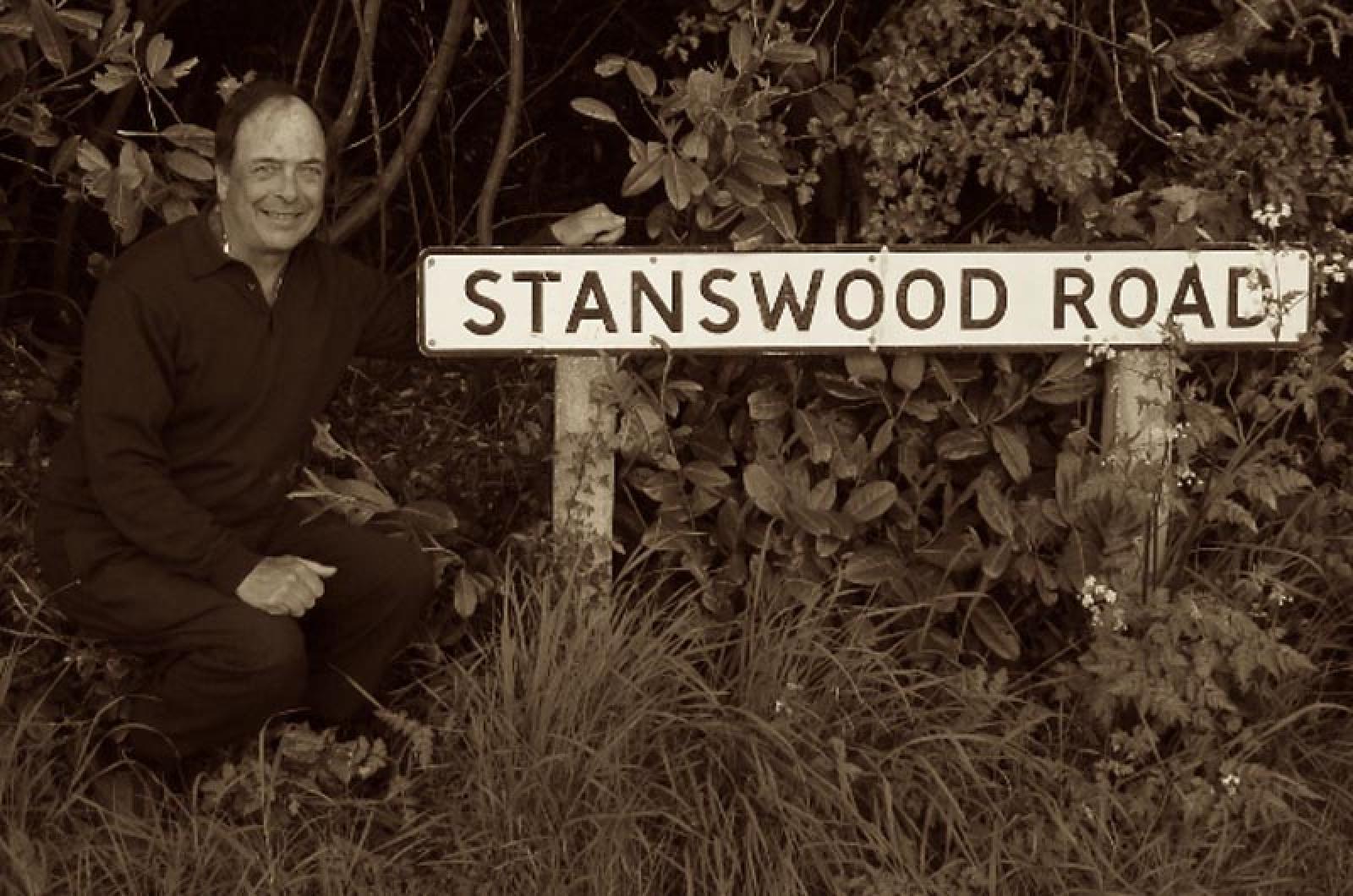I was recently invited to give a lecture for the Piano Tuners Association of the UK at their centennial meeting to be held in Bournemouth, England. It turns out that Bournemouth is very close to the place were my ancient ancestor and direct descendant, Phillip Stanwood, is believed to have come from when he sailed to New England in the year 1652. I accepted the teaching invitation and knew that I would finally be able to visit and explore the place of my English roots. Would I find a feeling of resonance and connection? My wife Eleanor and I have just returned from that visit and I will tell you the answer is yes, and in more ways than I could have guessed or even imagined.
We drove from London Heathrow to the south coast passing to the west of the ship channel that leads up to Southampton. We headed for the point where that channel meets the Solent, which is the body of water between the English coast and the Isle of Wight. Our destination was the hamlet called by the old spelling of our family name, Stanswood. As we approached the coast we were greeted with the familiar smell of salt air. We reached a long, arcing beach with many little wooden beach houses along the shore. On this sunny and warm day we found a spectacular view of the Isle of Wight across the bright waters of the Solent. We realized by signage that the place was called Stanswood Bay. A short distance inland we found Stanswood Road and down that road we came upon an old brick structure called Stanswood Mill and further beyond the Stanswood Farm, still an active wheat and grain Farm in the Hamlet of Stanswood. We hiked the woods, fields and streams of this quiet and ancient place at the edge of an old region called The New Forest, and considered our past, present and future.
In our travels abroad we have always found there is something special about islands that can only be reached by boat. So we headed to Lymington to catch a car ferry across to the Isle of Wight. As we drove out to the ferry loading area we noticed a passenger train pulling up to the dock which reminded us of the train to Woods Hole in days past. The cost of a round trip was very close to what a Vineyard visitor would pay. We made our way out of the harbor filled with sailboats and felt the wind breezing up out of the sou’west just like back home. As we crossed, the ferry angled its course to correct for the strong current that runs in the Solent just as it does in Vineyard Sound. The distance from shore to shore is three English miles — the same as from Woods Hole to the Vineyard. The length of the island east to west is 22 miles and from north to south it is 12 miles, also similar to the Vineyard.
We made the far shore and found ourselves in an enchanted countryside with narrow roads through fields and woods passing thatched roofs on ancient structures, varied cliffs and beaches on the south side and sheltered coves and harbors on the north. By sunset we found ourselves on the westernmost tip of the island gazing on colored clay cliffs blazing in the late afternoon light. If we didn’t know we were on the Isle of Wight we would have thought were we gazing on the Gay Head Cliffs of Aquinnah. Looking across from the Isle of Wight to the ferry port of Lymington, the ancient Stanswood Homestead is a short distance away. Similarly, when I look across from the Vineyard to Woods Hole, our Stanwood family homestead in West Falmouth is a short distance away. We felt connected to this place.
My strong ties as a sailor struck a chord as well. Sailboats were to be seen everywhere and the tradition and history of boatbuilding is strong here, as it is on the Vineyard. We found a chapel with a barrel ceiling made of American timbers salvaged from a shipwrecked vessel made in New England. We also learned that Sir Francis Chichester started his historic solo sail around the world on the Gipsy Moth IV from a place on the mainland called Bucklers Hard, which is the same distance from the Isle of Wight as Fairhaven is to the Vineyard. Fairhaven is the town that Joshua Slocum left from on his historic solo sail around the world on the Spray. Bucklers Hard is up a winding tidal river and was once an important naval shipbuilding center during the 18th and 19th century. Similarly, Essex, Massachusetts, was a boatbuilding center up the winding Essex River where deep-drafted Gloucester fishing schooners were launched and floated out on the flood tide. When Phillip Stanwood came to New England in 1652 he settled in Gloucester which is about the same distance to Essex as the hamlet of Stanswood is to Bucklers Hard. These “coincidences of proximity” give us a deep sense of nautical connection to this area.
We can’t call the place home but it sure feels that way. The people are friendly and the interest in supporting locally grown and produced products is very active, as it is on the Vineyard. While the Vineyard has made gains in public access over the last few decades, the Isle of Wight surpasses us in this respect. There are over 500 miles of public walking trails crisscrossing the island and 165 miles of public bridle paths. If you find yourself in southern England I highly recommend a visit to the Isle of Wight, a place that resonates with my soul and will always have a special place in my heart.
David Stanwood is a professional piano tuner who lives in West Tisbury.





Comments (2)
Comments
Comment policy »